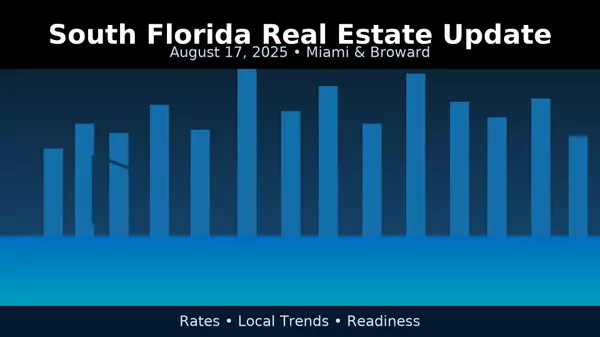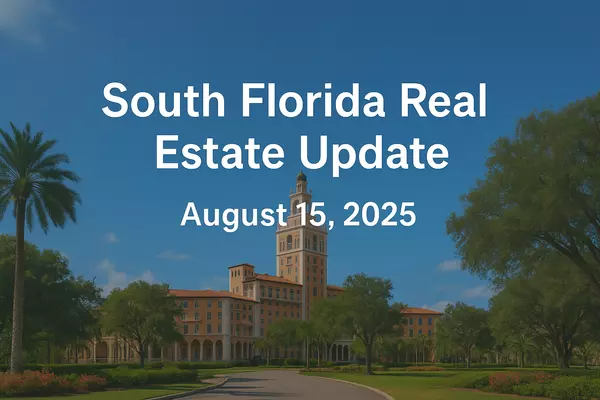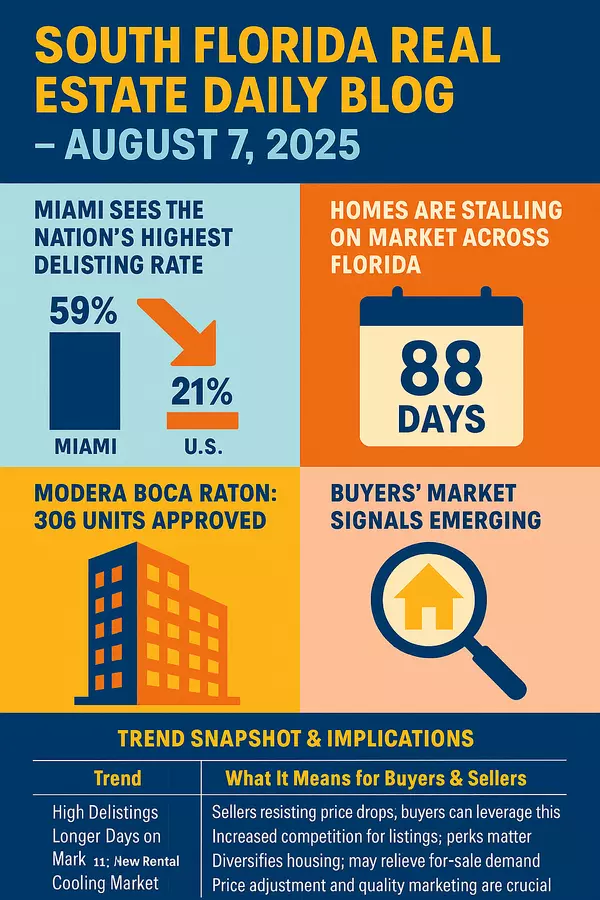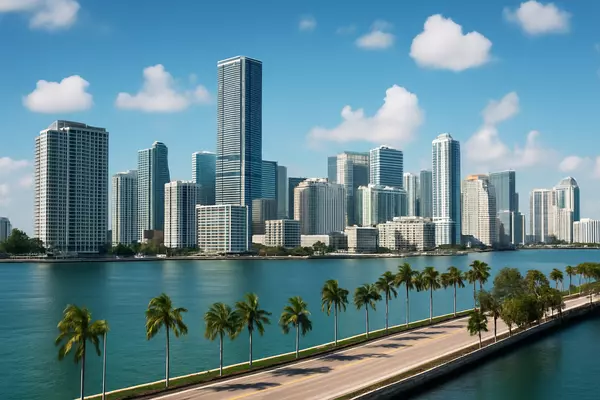Celebrating New Year's in Miami: The History of the Orange Bowl Parade
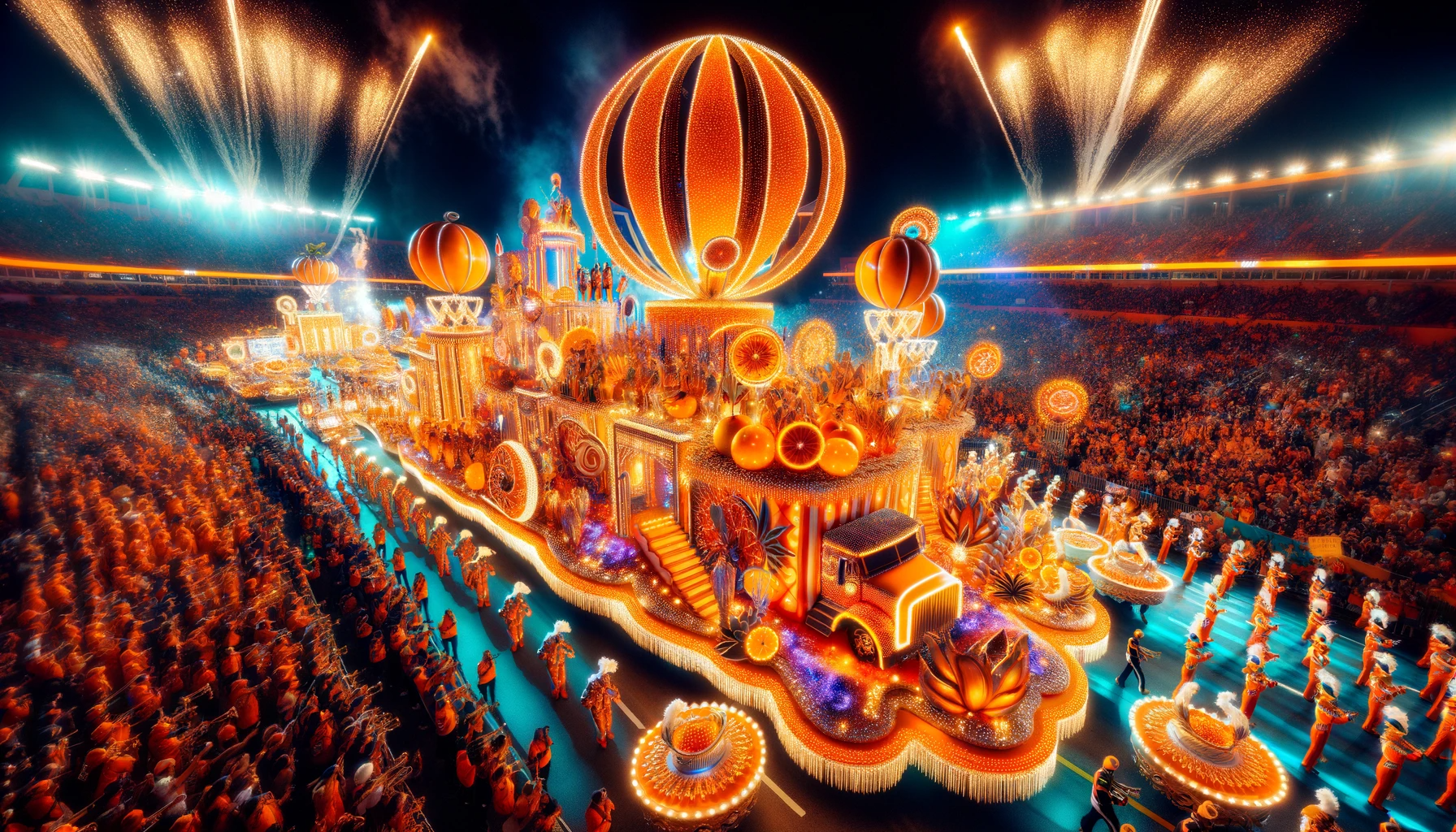
Miami, a city synonymous with sunshine, vibrant cultures, and lively celebrations, has a rich tradition of welcoming the New Year with grandeur and style. Among its most iconic and historic events is the Orange Bowl Parade, a spectacular procession that has been a centerpiece of Miami's New Year's celebrations for decades. This blog takes a nostalgic journey through the history of the Orange Bowl Parade, exploring how it became a beloved part of Miami's New Year's festivities.
The Birth of a Tradition: The Orange Bowl Parade first made its debut in the 1930s, initially conceived as a part of the Orange Bowl Festival – a series of events surrounding the annual college football game. The parade was designed to celebrate the new year and to showcase Miami's flourishing culture and community spirit.
1930s-1940s: The Early Years: In its early years, the parade was a relatively modest affair. It featured local marching bands, beautifully decorated floats, and a few novelty acts. Despite its simplicity, it quickly became a favorite among Miami locals and visitors, drawing larger crowds with each passing year.
1950s-1960s: The Parade Gains National Fame: By the 1950s and 1960s, the Orange Bowl Parade had grown into a much-anticipated event. It began to attract national attention, with its elaborate floats, high school and college marching bands from across the country, and celebrity appearances. Television broadcasts started to bring the parade into homes all over America, further increasing its popularity.
1970s-1980s: The Golden Era: These decades are often considered the parade's golden era. The Orange Bowl Parade had become an integral part of Miami’s New Year's Eve celebration, known for its dazzling displays and creative themes. Each year's parade had a unique theme, around which the floats and performances were centered.
The Parade’s Contribution to the Community: Beyond entertainment, the Orange Bowl Parade played a significant role in community building. It provided a platform for local artists, performers, and craftsmen to showcase their talents. Community groups, schools, and organizations participated enthusiastically, making it a true reflection of Miami's diverse community.
1990s-Present: Evolution and Legacy: In the late 1990s, the parade faced challenges due to financial constraints and changing public interests, leading to its eventual discontinuation. However, the legacy of the Orange Bowl Parade lives on in Miami's culture. Its spirit is echoed in other parades and festivals in the city, and the memories of its past grandeur continue to be a source of nostalgia for many Miami residents.
The Orange Bowl Parade was more than just a New Year's Eve procession; it was a symbol of Miami's cultural richness and communal spirit. While the parade no longer graces the streets of downtown Miami, its history is a testament to the city's love for celebration and its ability to bring people together in joy and festivity. The Orange Bowl Parade remains an indelible part of Miami's historical tapestry, fondly remembered and dearly missed.The story of the Orange Bowl Parade is a reflection of Miami’s ever-evolving landscape – a city that continuously adapts and transforms, yet always retains its core essence of vibrancy and communal celebration.
Categories
Recent Posts

